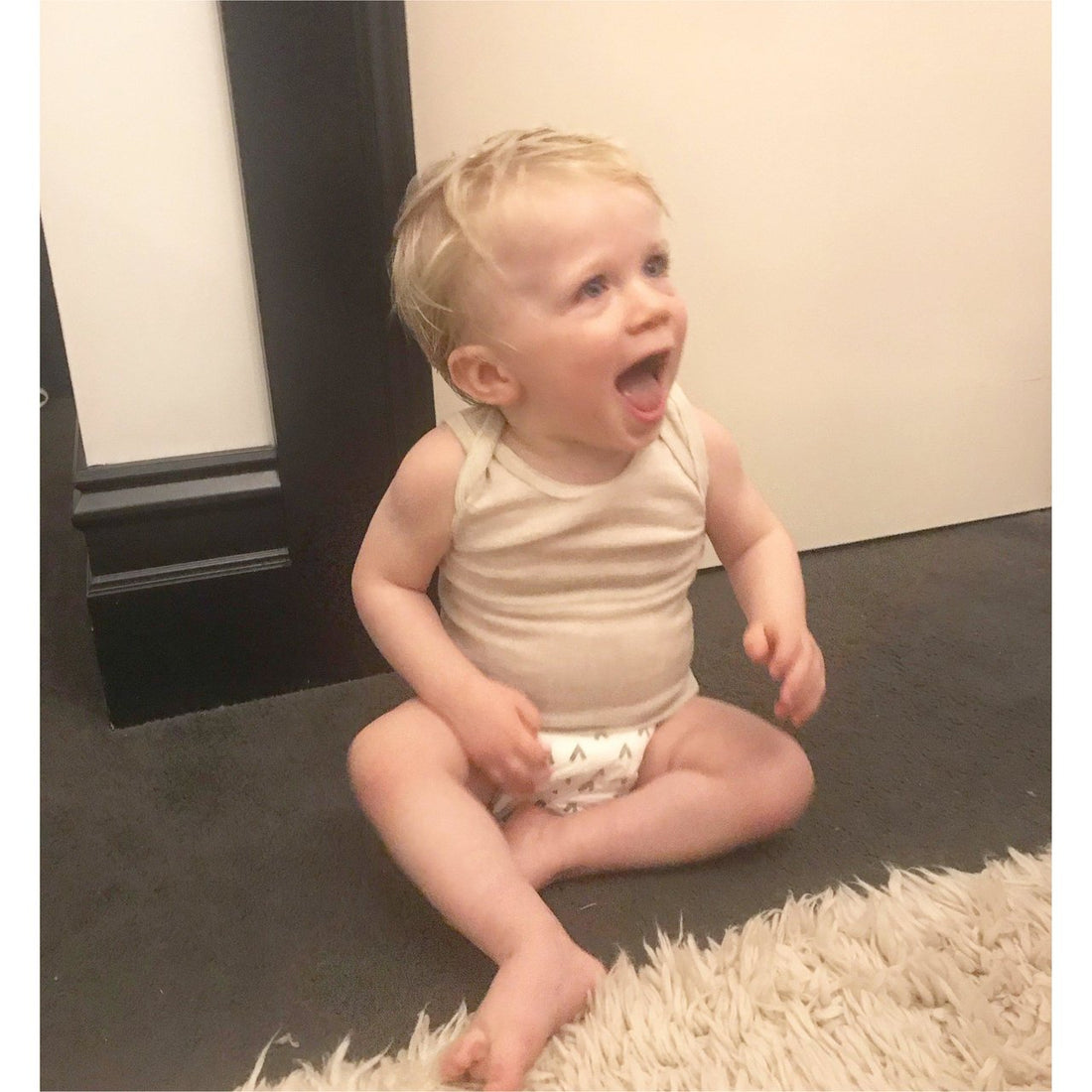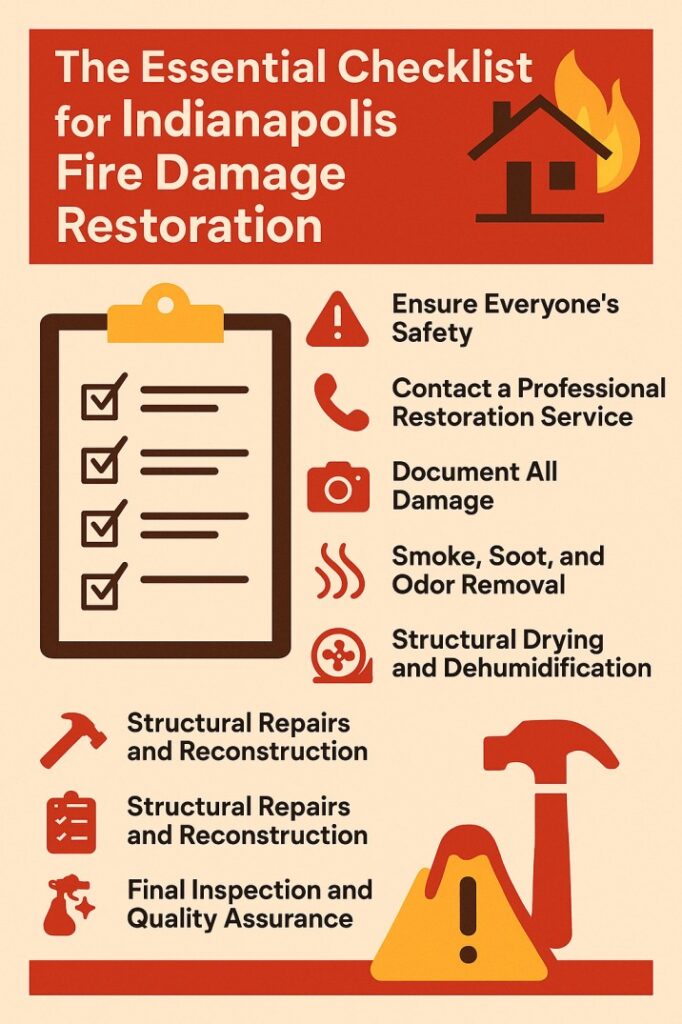Regarding clothing your infant, every parent wants to make sure their child remains secure, warm, and comfortable. The difficulty usually is choosing clothes that not only offers enough warmth but also fits the sensitive nature of a newborn’s skin. Although a baby’s wardrobe must include infant thermals—especially in colder months—not all thermals are made equally. Choosing the softest and safest infant thermals is essential to prevent irritation, rashes, or discomfort in sensitive skin babies. This blog will walk you through all you need to know about choosing mild newborn thermals that will keep your baby cosy and safe on their skin.
Realizing the Value of Safe and Gentle Infant Thermals
The initial layer of warmth for your newborn is infant thermals, which also help to control body temperature in cold surroundings. Babies cannot efficiently control their body heat, unlike adults, hence thermal gear is a need. But since baby skin is thinner and more delicate, it is prone to dryness, irritation, and allergic reactions, hence the cloth touching their skin must be quite mild.
Selecting soft thermals guarantees your kid is comfortable all day long without scratching or agitation. Safety, on the other hand, transcends tenderness; it also implies the cloth is hypoallergenic, breathable, and free of dangerous chemicals and colors. This combo not only shields your baby’s skin but also promotes good development of it.
What gives infant thermals softness and safety?
The kind of cloth used and the production technique determine much of the softness of infant thermals. Because they are airy, moisture-wicking, and mild on delicate skin, natural fabrics such cotton, bamboo, and organic materials often are the best choices. For its softness and hypoallergenic qualities, for instance, cotton is much appreciated. Eliminating exposure to pesticides and strong chemicals, which can cause skin responses, organic cotton goes one step farther.
Apart from cloth, the thermal’s weave and texture are also important. Thermals with a knitted texture feel soft and offer warmth without weight or those with a smooth, brushed finish. Synthetic fibers such as polyester or acrylic, on the other hand, may provide warmth but they can also trap heat and moisture, which would cause discomfort and maybe skin irritation.
Safety also covers the lack of tight elastic bands, unpleasant tags, and seamstress work. Infant thermals with flat seams, tagless labels, and soft elastic are best since sensitive skin babies often respond to these elements. Certifications like OEKO-TEX or GOTS (Global Organic Textile Standard) also guarantee that the thermals are tested for dangerous chemicals, thereby giving parents piece of mind regarding the safety of their child.
Selecting Infant Thermals Considering Fabric Types
Fabric selection is critical when buying for baby thermals. Given its softness and breathability, cotton is the gold standard for baby clothes. Babies can drool or sweat; cotton thermals absorb moisture and keep the infant warm and dry. Because it’s farmed without pesticides and less prone to induce allergic reactions, organic cotton is even better for delicate skin.
Another great choice with increasing appeal in recent years is bamboo cloth. Babies with eczema or other skin disorders will find it perfect since it is naturally antimicrobial, ultra-soft, and moisture-woking. Bamboo thermals warm without overheating because they feel silky smooth and effectively control temperature.
In colder locations, wool thermals—especially those derived from merino wool—can be a suitable option because merino wool is softer and less irritating than conventional wool. Still, some infants may find wool irritating; so, it’s important to keep an eye on your infant and select mixes or especially treated wool meant for sensitive skin.
Steer clear of synthetic textiles including polyester, nylon, or combinations not especially meant for use on a newborn. These materials could induce pain and sweating, which would irritate the skin and produce possible skin issues.
Features to Consider While Purchasing Infant Thermals
Beyond fabric, various factors decide if newborn thermals are actually comfortable and safe for your infant. The fit should be tight but not overly so to provide mobility of movement free from restriction. A loose fit could lower the thermal’s efficiency in preserving warmth.
To avoid chafing, seam should be flat and supple. Babies’ skin is fragile, hence rough seams can aggravate redness or rashes very fast. Search for thermals using seamless knitting techniques or ones with low stitching count.
Still another important quality is simplicity of usage. Convenient neck holes or snaps on infant thermals will help to simplify dressing and changing. For parents as well as for their children, this lessens fussiness and stress.
Moreover crucial is the thermal’s capacity to control temperature. The cloth should be warm for your kid and let breathability prevent overheating. Babies are more prone to heat rash and rapid temperature fluctuations; hence, breathable thermals that wick away moisture help to preserve the ideal equilibrium.
Finally take into account whether the newborn thermals are durable and machine washable. Babies can be messy, hence clothes that resists numerous washes without losing softness or shape is rather important.
Tending to infant thermals to preserve softness and safety
Even with carefully chosen softest and safest infant thermals, their quality depends on appropriate care. Skin irritation will be avoided by washing with mild, baby-friendly detergues free of colors and smells. Steer clear of bleach and fabric softeners since these substances could aggravate allergies and lower softness.
To avoid shrinking or fiber damage, always follow manufacturer directions for washing and drying. On newborn thermals, air drying frequently preserves their softness and increases their lifetime by being milder.
Look at your baby’s clothes often for wear and tear. Pilling, thinning, or stretched-out elastics cut comfort and warmth; hence, replace thermals as necessary to keep your baby warm and safe.
Finish
Selecting appropriate infant thermals for sensitive skin babies calls for careful fabric, safety, and comfort analysis. While certifications guarantee the absence of dangerous chemicals, natural fibers such as organic cotton and bamboo offer the softest touch and are mild on sensitive skin. Wool clothing Australia is also a popular choice for parents seeking natural, breathable warmth that’s gentle enough for delicate skin. Safety and comfort are improved even more by paying close attention to elements including fit, breathability, and seam strength. Parents can guarantee their children remain warm, comfortable, and irritation-free throughout the winter months by choosing the softest and safest infant thermals and properly tending to them. Maintaining your baby’s coziness while safeguarding their delicate skin goes beyond just warmth to include fostering comfort and health from the first layer.









